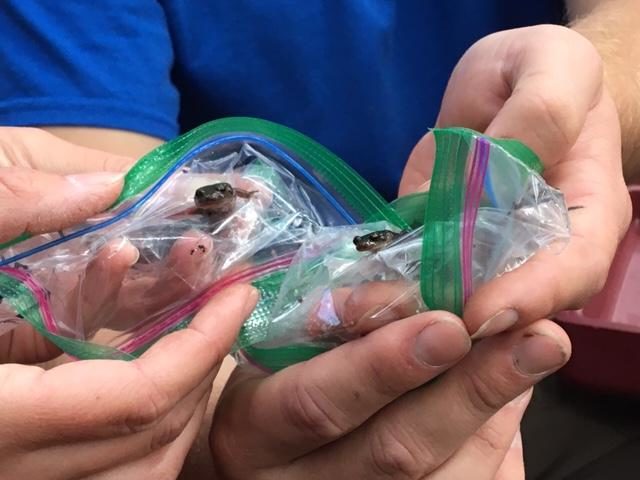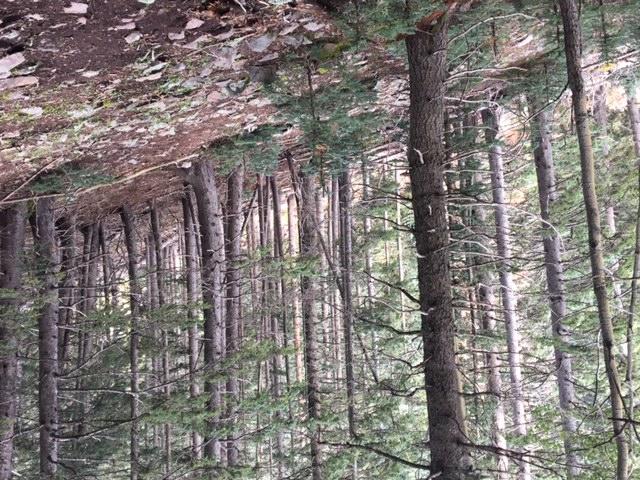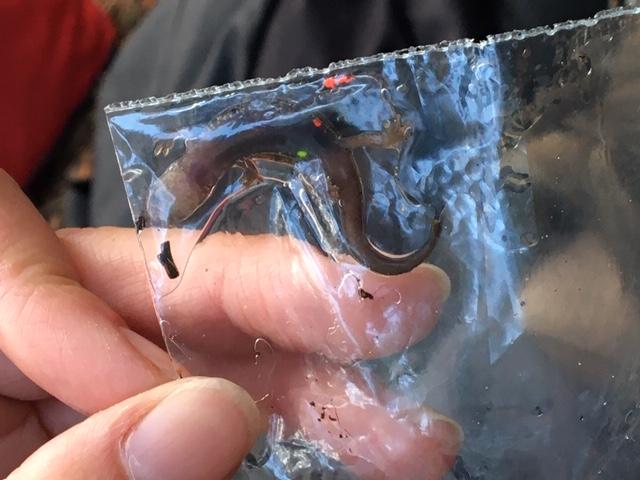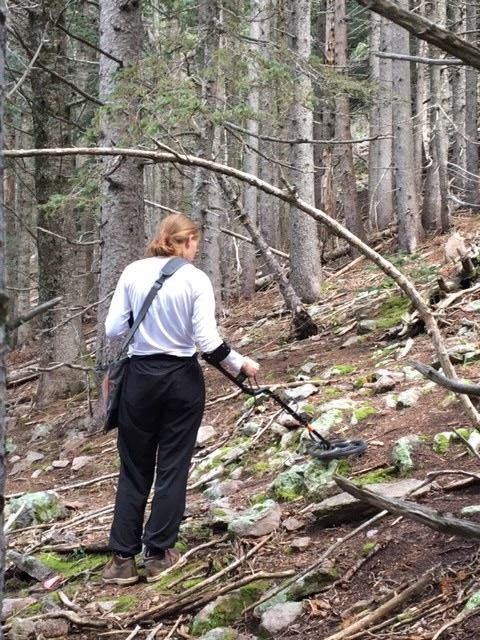How to Manage Forests in the Land of an Endemic Salamander?
What temperature and precipitation levels allow a narrowly distributed salamander to move on the ground surface vs. stay below ground? Are there conditions or times of year during which forest treatments, including thinning or prescribed burns, can more safely be conducted to minimize impacts to this salamander? What are the impacts of wildfire on the Sacramento Mountain salamander? These are some of the questions that Dr. Nancy Karraker and students in her lab at the University of Rhode Island, including a recent graduate student, Ryan Healey, and a future student, Marissa Ardovino, are trying to answer with collaborator Dr. Rachel Loeman, a fire ecologist with the U.S. Geological Survey. Answers will come from the team’s extensive mark-recapture and occupancy surveys at sites in the Sacramento and White mountains in southeastern New Mexico and associated data on microclimate, forest characteristics, and fire history.
The Sacramento Mountain salamander is a state-listed species that, while it can be relatively abundant at some sites, is found only in three mountain ranges in southeastern New Mexico. As such, this salamander is endemic to (i.e., occurs no where else in the world) a tiny region of New Mexico. This species is found in areas of the Lincoln National Forest that have been subject to increasing wildfire activity in recent decades. A patchwork of severe, moderate, and low severity burns, which include areas burned by multiple fires, occurs across sites where this species has been documented historically. Ryan, Marissa, their student field assistants, and Lincoln National Forest field crews have been conducting surveys for salamanders at sites across this patchwork to determine where this species is found relative to different levels of burn severity. They have also established plots that they visit every other week throughout the field season to search for both new and previously captured salamanders, thus building a better understanding of local salamander population size, salamander cover object associations, and salamander movements over a summer and among years. In these plots, salamanders are marked, either with a tiny radio tag or small dye spots, so that they can be identified as unique individuals in subsequent surveys and their characteristics and movements can be monitored across multiple years.
In 2021, a total of 12 plots were established to survey for and individually mark salamanders. Over 600 salamanders were captured and marked in these plots and almost 150 salamanders were detected during surveys in areas with different levels of burn severity. Most salamanders were found either under or within logs or under rocks. These associations with cover objects seemed to differ between mountain ranges, with rocks being the more prevalent cover object type and consequently more popular in the White Mountains and logs being more abundant and more commonly used in the Sacramento Mountains. The longest detected movement of a salamander between plot surveys, or within a week, was 28 meters or 280 times the length of an adult salamander. The 2022 field season was also very successful and included many long days in steep, rugged terrain. We look forward to further results as data analyses get underway and after a third year of surveys are conducted in 2023!
Learn more about the non-profit Share with Wildlife program of the New Mexico Department of Game and Fish, supported exclusively by donations.





